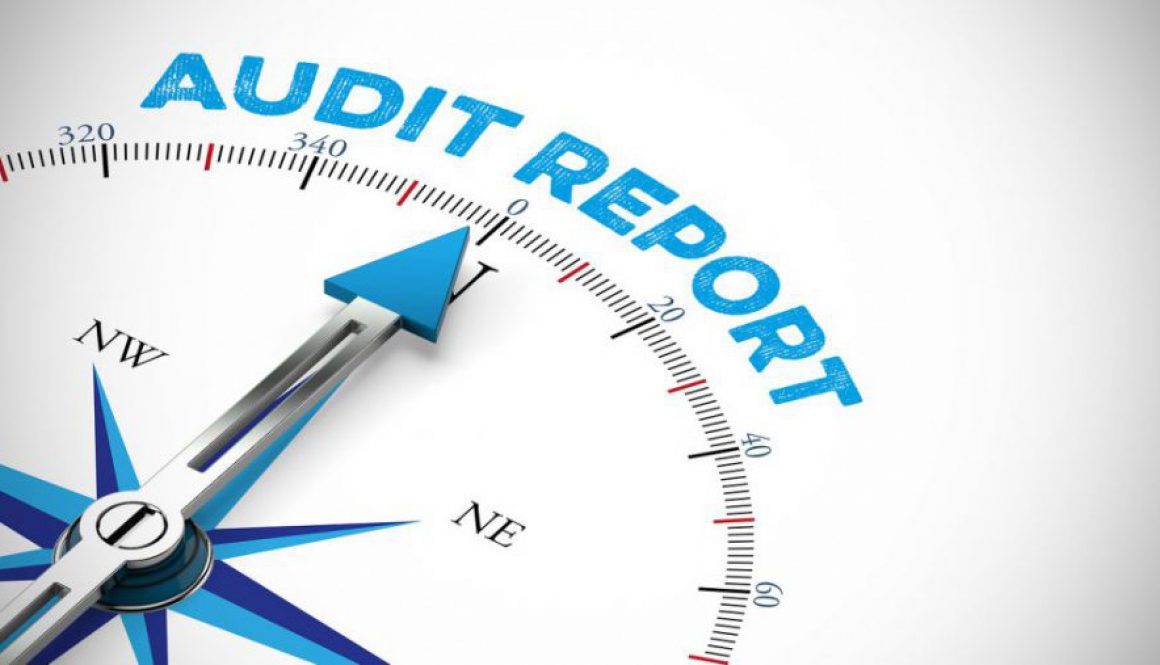Board Organizational Frameworks
Developing a strong organizational framework for the board of directors is critical to ensuring that company matters are addressed by the correct committees and receive the attention necessary for solving these matters. Issues of importance should be prioritized appropriately and given ample time for review.
Corporate Culture and Board Organization
There are many mechanisms for organizing the board, all of which lead back to the topic of corporate culture. Corporate culture begins with the board; if the board is unable to establish an understanding grasp of what motivates corporate behavior, the rest of the company will follow suit. Failing to give thoughtful attention to employee and executive interactions, behaviors, and language will undoubtedly result in a disorganized board and a company that lacks a clear focus of what defines its team members. Thus, it is important for boards to maintain an environment that fosters engagement and meaningful conversation as a backdrop against accomplishing agenda tasks. This is the first step to spreading a culture of candor and trust within the company and cannot be accomplished through one 40-minute team bonding meeting. It must be consistently worked upon and established over time through healthy discussions of sensitive topics, transparency about company goals, and acknowledgment of personal weaknesses to make room for learning growth.
Corporate culture should also be included in a company’s formal risk assessments as it can very easily influence workforce productivity, company reputation, and law breaches. According to the 2017 Board Leadership of Corporate Culture in Europe Report, approximately 85% of the value of leading businesses come from intangible assets, such as a company’s brand, reputation, and internal relations. These intangibles are all inextricably linked to the board’s ability to set the right organizational culture and are important factors to business success. Thus, investing more time and resources into mindful culture development will bring a company greater returns.
Tailoring the Board to Meet Company Needs
When talking about board organization, it is important to keep in mind that not every board is the same. Board work should be tailored to the specific needs and culture of the company. What makes sense in the context of one board may not work for another. While looking at best practices and board trend reports may be helpful in establishing a general framework for your own practices, it should not be viewed as the golden rulebook of board organization. Such trends come and go; a company should only adopt a policy after considering the specific benefits it will bring in their unique corporate circumstances.
One example of the significance of examining company specifics is the debate over combining or separating the chairman and CEO roles. One generally accepted argument is that the role of the CEO/management is to run the business operations while the role of the board is to oversee this management, thus the leadership of the two roles must be separated to keep each other in check. Conversely, others argue that the role of the CEO and Chairman go hand in hand and can be combined to one position of oversight. This age old debate has no one-size-fits-all answer because it depends on the circumstances of the company. In the U.K., the CEO does not serve the dual role of the chairman, whereas in the U.S., over 50% of CEO’s surveyed also serve as chairman.
A simple yet helpful device for setting the distinction between management and board decision-making is to set up periodical reviews of the specific responsibilities reserved for the board. While this is just one example of how different systems can adopt differing policies, in general, all major questions regarding board and leadership structure require careful consideration of the unique set of company needs and corporate culture that influence these decisions.






